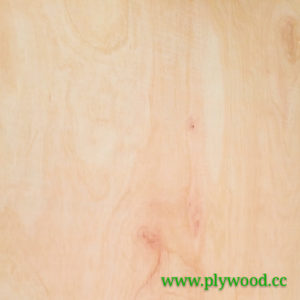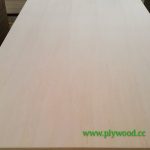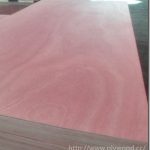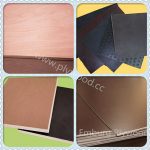Types of Plywood According to JPIC/JAS Standards
 Types of Plywood
Types of Plywood
There are many types of plywood including hardwood plywood, film faced plywood, melamine plywood, fancy plywood, UV plywood and so on. Different plywood standards have different methods to divide plywood into types.
Plywood Types According to JPIC/JAS Standards
JPIC/JAS Standards divided plywood into 5 types as follows:
1. Plywood for General Use (Common plywood)
Bonding Quality: Type I or Type II ,
Used in dry conditions or occasional moist conditions;
The glue is usually moisture resistant glue such as urea formaldehyde resin, melamine-modified urea formaldehyde resin (MUF) or better glues;
Can not be used for structural purpose;
Face/back are common hardwood or common softwood species.
Applications: decoration, furniture, packing, and non-load-bearing applications in building, roofing, wall sheathing.
2. Concrete Forming Plywood (Shuttering Plywood)
For shuttering purpose, used as concrete formwork panel;
Type I Bonding Quality, melamine-modified urea formaldehyde resin (MUF) or better glues like phenol glue;
Face/back are meranti, lauan, pine…; face/back may be treated with water-resistant resin or coated with film;
Formaldehyde Emission is not required to meet F☆☆☆☆, because shuttering plywood is not used indoor;
Applications: shuttering concrete form, formwork panel.
3. Structural Plywood
Bonding Quality: Type Special, Type I ;
Used in constantly wet conditions or occasional moist conditions, usually phenolic glue or melamine-modified urea formaldehyde resin (MUF) are used;
In order to guarantee the supper inherent strength and bonding quality, JAS has stricter requirements in the grade of core veneers and the quality of core-joint in the production of structural plywood;
Applications: load-bearing structural purposes, load-bearing sheathing and roofing, architectural components in building & construction;
4. Decorative Plywood with Natural Wood Veneers
Bonding Quality: Type I or Type II
Used in dry conditions or occasional moist conditions;
Glue: urea formaldehyde resin, melamine-modified urea formaldehyde resin (MUF) or better glues;
Face veneers are expensive, high grade natural veneers with beautiful wood grains, no defects are allowed in the face veneers except very slight defects;
The allowed thickness tolerances are smaller than the above mentioned 3 types of plywood;
Applications: furniture, decoration .
5. Specially Processed Decorative Plywood
Bonding Quality: Type I or Type II
Used in dry conditions or occasional moist conditions;
Glue: urea formaldehyde resin, melamine-modified urea formaldehyde resin (MUF) or better glues;
Face veneers are treated with printing, painting, resin (UV..) or coated with overlay film (melamine paper, PVC, MDO, HPL…) , no defects are allowed in the faces of plywood except very slight defects;
The allowed thickness tolerances are as strict as Decorative Plywood with Natural Wood Veneers;
Applications: furniture, decoration .





I need to replace my kitchen floor, currently has 14 year of builder’s grade vinyl. It has to go. I’d like a tile/stone floor but not in the budget and I’d never make the money back in this neighborhood. I’ve looked at the various plywood planks and squares and I’m inspired.
I would like to do plywood squares for the kitchen and stain the squares different colors for a multicolor stain look with no particular pattern. I have a table saw, drill, etc and moderate know how. My questions: do I need a gap between each square? if so how much? is a dime a good choice to guarantee gaps? Also, one DIY video mentioned routing each square 1/8 inch down and 1/8 inch of the edge of each square? Why? and last, should these squares be glued to the subfloor and should I use screws or nails. I’m much more accurate with the screws even if I need to predrill. And if the squares are routed should I use that 1/8 recess for the screws or nails? Thanks a bunch!
I’m sorry I know how to produce plywood , but I don’t know the DIY skills.
Can I have JAS standard criteria?
We don’t sell JAS standard .